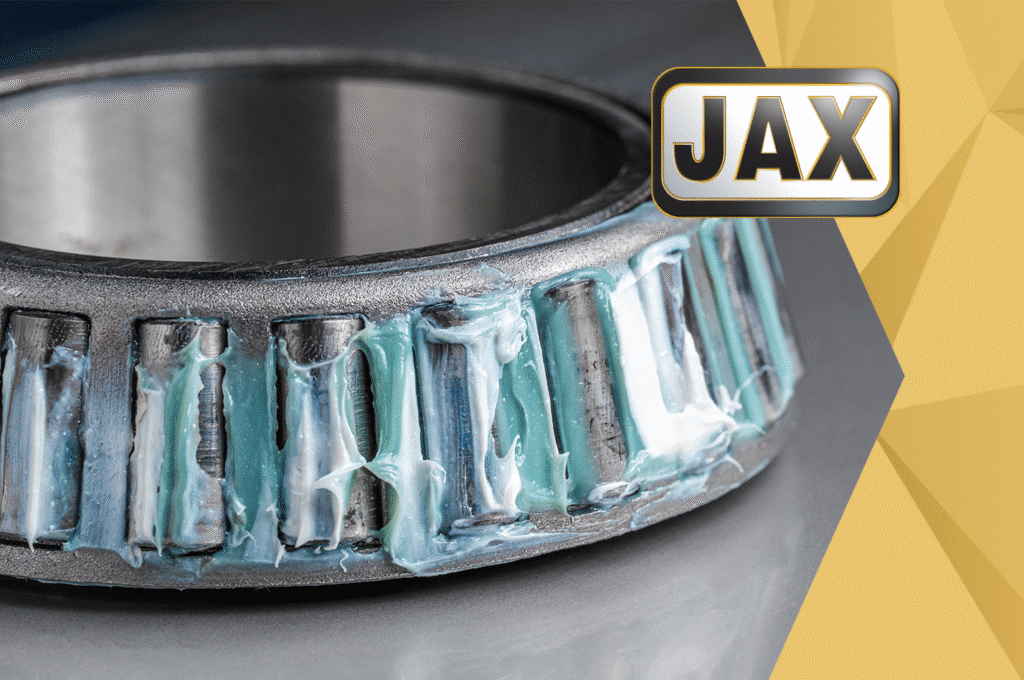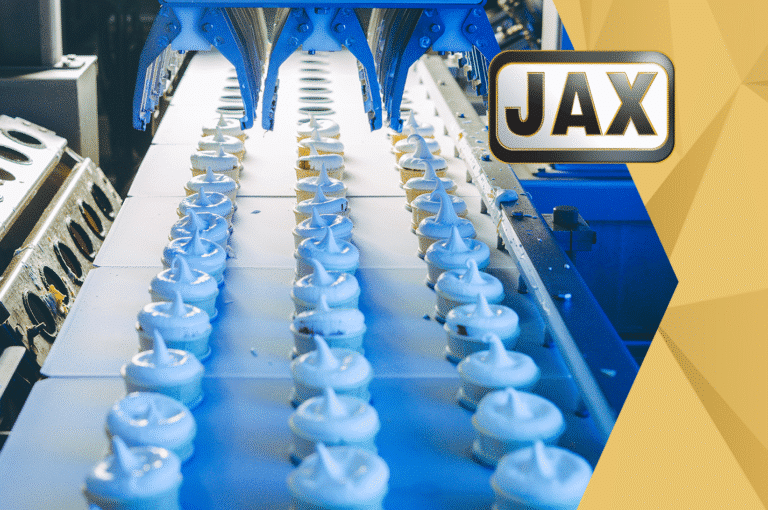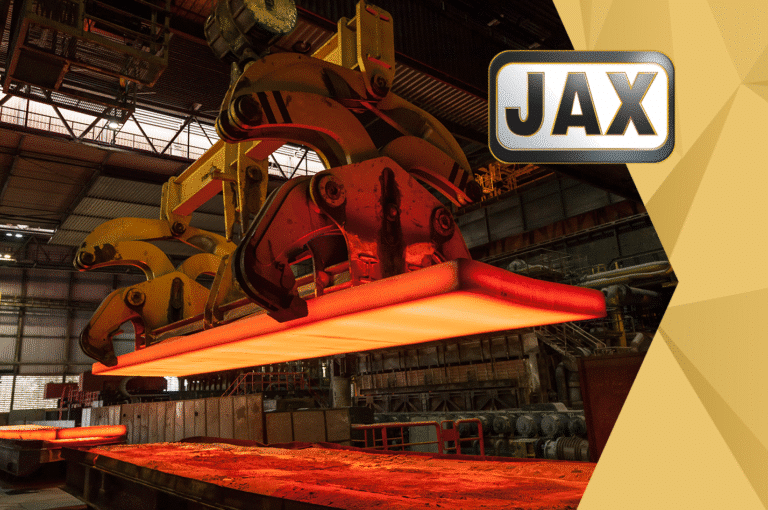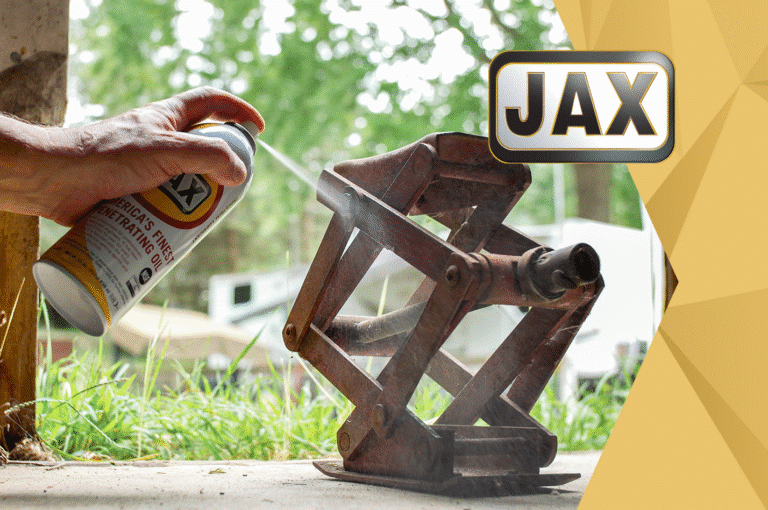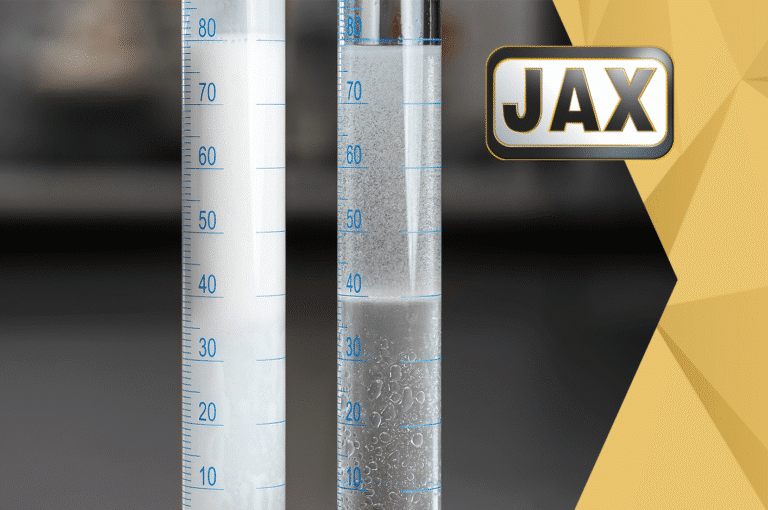Proper lubrication is important to keep applications moving. A lubricating grease can be replaced for a wide range of reasons, from choosing a grease with better performance characteristics, to replacing a discontinued or unsupplied grease. But even if the newly chosen grease has promising attributes, what will happen if/when you mix old grease with new grease?
In this article, we’ll discuss the negative effects of mixing greases that are incompatible, testing that can be done to gauge compatibility between two greases, and necessary precautions to adhere to when changing over to an incompatible grease.
Effects of mixing incompatible greases
When mixing greases, the incompatibility issues can be caused by multiple factors, but most commonly, the thickener type is the primary culprit. Mixing greases with incompatible thickener types can lead to softening and, in rare cases, hardening of the greases outside the desired NLGI range. This effect can directly lead to unwanted symptoms of the grease in application, including leakage, oil separation, increased heat, and wear.
Knowing which thickener types are compatible and incompatible is not simply cut and dried. There are several grease compatibility charts you can find online, and surprisingly, very few that agree with each other. The best solution when deciding whether greases with different thickener types are compatible with each other is to perform a test for compatibility.
Grease compatibility testing
When evaluating the compatibility between two greases, the test method to utilize will be ASTM D6185 (Standard Practice for Evaluating Compatibility of Binary Mixtures of Lubricating Greases).
Within the test, the two greases will be mixed in the following ratios: 90:10, 50:50, and 10:90. The mixtures will then be tested for high temperature stability, shear stability, and storage stability. The results will be compared to the results of each of the two pure, unmixed greases. If the mixture results fall within the bounds of the unmixed greases, the greases are considered compatible.
Precautions to take during incompatible changeover
If a newly introduced grease is not compatible with the pre-existing product, necessary steps must be taken to avoid risking the negative effects described earlier.
For starters, it is always important to manually remove at minimum 90% of the old/incumbent grease if possible. Having only 10% or less of the incompatible incumbent grease will ensure the negative effects will be mitigated, which can also be confirmed by the testing on 90:10 mixture in the ASTM D6185 testing described above.
It can also be recommended that, after the best possible cleaning is done and the new grease is introduced, greasing with half the volume at double the frequency through the first few greasing intervals will also ensure proper implementation of the new lubricant.
Summary
In conclusion, incompatible greases can lead directly to costly failed equipment, but testing can be performed to evaluate whether two greases are compatible. Even if/when a changeover occurs between two incompatible greases, there are proper steps you can take to ensure a smooth transition.
If you are unsure whether you are switching to a compatible grease and would like additional compatibility testing, contact your JAX representative for assistance.

